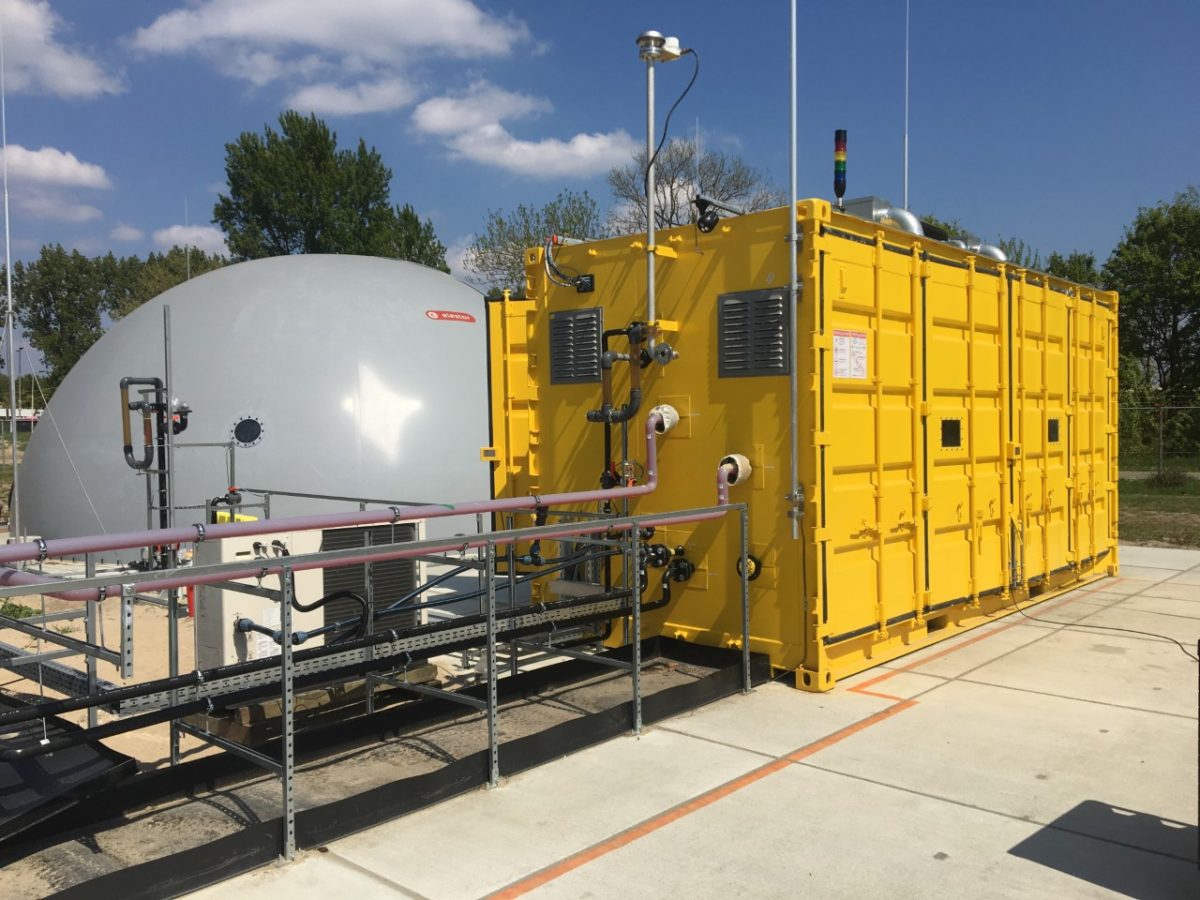Elestor, a startup based in the Netherlands, has secured €30 million ($29.9 million) in funding from a consortium of lenders led by Norwegian energy producer Equinor.
It will use the funds to further develop its hydrogen bromide (HBr) flow battery technology for renewable energy storage. The company plans to build a gigawatt-scale production facility at an unspecified location.
“We are also building the first commercial system as we speak,” said Elestor CEO Guido Dalessi. “The first customers are large corporates, adopting Elestor technology on a strategic basis. Their demand grows to serious production capacities and that will reduce the manufacturing cost very fast. Technically speaking, we are there in terms of lifetime and efficiency, but we need to bring this technology to series production in order to further reduce the production costs, and along with that, the levelized cost of storage (LCOS).”
In the proposed system configuration, HBr works as the system’s electrolyte. The system assembles a large number of Elestor’s electrochemical single cells connected in series. The membrane surface area determines the power of the system and the tank volumes determine the capacity. According to the manufacturer, both can be designed independently, in any desired combination.
During the charging phase, HBr is split into hydrogen ions and bromide ions. The hydrogen ions cross then the membrane, absorb an electron, and are stored as hydrogen gas in a separate tank. The resulting bromine (Br2) is then dissolved in the same tank as the HBr.
During the discharging phase, hydrogen is recombined with bromine forming HBr again, and the stored energy is then released.
“Our HBr flow battery combines electrolyzer and fuel cell functionality with one single membrane,” Dalessi said. “The discharge processes do not suffer from degradation and the system is self-contained with no emissions. After around 10,000 cycles, the stack modules can be replaced, while the system itself including active materials remains unchanged. With new stacks, the system is given a full second life.”
The manufacturer claims the system has a depth of discharge of 100% and a round-trip efficiency ranging from 65% to 75%. The containerized version has a power output of 200 kW and a storage capacity of 2,000 kWh. Each cube container measures 12.2 m x 2.4 m x 2.9 m and has a gross weight of 42 tons.
Dalessi claims the battery could potentially achieve an LCOS lower than $0.05/kW.
“Scaling and automating production is one of the main reasons to enter this investment round,” he said. “Potentially, the LCoS of the Elestor technology can be far lower than for instance lithium-ion storage, especially when it concerns long-duration storage applications. All these claims, like on LCoS, have been extensively challenged in detail during the investment round by external advisers to the investors. Apart from the financials, another result of successfully closing this investment round is that the Elestor technology, proposition and organization have implicitly been validated.”
This content is protected by copyright and may not be reused. If you want to cooperate with us and would like to reuse some of our content, please contact: editors@pv-magazine.com.




Expensive
Complex
Will never be able to compete against LFP based storage
nice science project – will never commercialize
Did they ever show any system on the field?
Very dangerous chemistry
Been around almost 10 years – nothing was ever shown.
Will go down the road like all those who made huge promises but never delivered
Who will agree to deploy bromine and hydrogen tank next too where they leave?
Li storage and Vanadium much safer